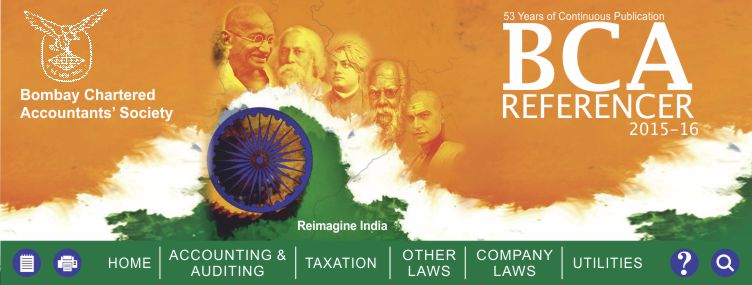|
In the current competitive environment, brand is assuming importance as a commercial and institutional asset. It has become a critical success factor for most organisations, from commercial companies to professional firms. The valuations of companies are increasingly driven by intangible assets rather than physical assets. Therefore, in
today's scenario, it is essential for the companies to assess the value of its brands.
Why find their value?
Brands may need to be valued for a variety of reasons; some of them are listed below:
- Sale of intangibles
- Purchase price allocation
- Impairment
- Collateral security
- Economic damages/lost profits related to infringement, breach of contract, or other commercial litigation
- Financial Reporting
When valuing a brand, it is particularly important "for whom" that value is being determined for. The value of a particular brand is not the same for the company that owns the brand as for a company with a competing brand or for another company operating in the industry with a brand that does not compete directly with it.
Valuation methods
A number of methods can be used to value brands. Cost based brand valuation methods are rarely used, as the cost of creating a brand tends to have little similarity to its current value. Market based comparisons, on the other hand, are unsatisfactory as a primary method of valuing a brand because comparative data is scarce and brands are unique. However, where available, market comparisons are useful for testing valuation based on primary valuation methods.
It is important to understand the nature and attributes of the subject brand and the nature & characteristics of the market for that asset for determining the most appropriate valuation method. More commonly used approaches are a) royalty
relief method b) economic use method & c) premium profit method.
Royalty relief method
This approach is based on the theoretical assumption that if the brand had to be licensed from a third party there would be a royalty charge based on turnover, which would be levied for the privilege of using the brand. By owning the brand royalties are avoided, hence the term
'royalty relief'.
There are many examples of royalties being applied for the licensing of brands between companies. However, the information is not necessarily publicly available nor are the terms on which the royalties were based. It can therefore be difficult to identify an appropriate rate for a particular valuation.
'Economic Use' method
'Economic use' valuation method, based on discounted cash flows analysis of net brand earnings, is the most widely recognised approach for brand valuation. Such valuation considers the economic value of the brand to the current owner in its current use.
The focus is on the return earned as a result of owning the brand
- the
brand's contribution to the business, both now and in the future. This framework is based on a discounted cash flow (DCF) analysis of forecast financial performance, segmented into relevant components of value.
The present value of the cash flows generated by, and only by, the intangible assets is considered. Normally, an intangible asset generates cash flows in combination with other tangible and/or intangible assets. In arriving at the relevant net cash inflows, the cash flows generated by the intangible asset in combination with other assets are reduced by subtracting notional cash outflows for the
"contributory"� assets (the contributory asset charges). This procedure treats the contributory assets as being leased from a third party, to the extent necessary for the generation of the cash flows.
The DCF approach is consistent with the approach to valuation used by financial analysts to value equities and by accountants to test for impairment of fixed assets as required by the accounting standards.
Premium Profit Method
The value of the brand is determined based on the difference between the estimated cash flows that would be earned by a business using the brand with those that would be earned by a business that does not use the brand. This difference represents the additional cash flows related to the brand. The calculation of the brand value is effected by applying the appropriate discount rate to estimated future brand cash flows. The discount rate, however determined, must reflect the
'risk' associated to such future cash flows.
For some purposes, market based valuation or the royalty relief method of valuation maybe possible. However, DCF valuation is the most widely accepted approach to brand valuation and provides a greater depth of understanding of the dynamics of the brand.
While brand valuations can be based on a multiple of historical earnings, it is clear that past performance is no guarantee of future performance and that investors base value judgments on expected future returns rather than actual historical returns. However, historical results are analysed to accurately forecast the future.
Valuations based on projected earnings are therefore most preferred approach with the condition that forecasts must be credible.
Back to Top
|
